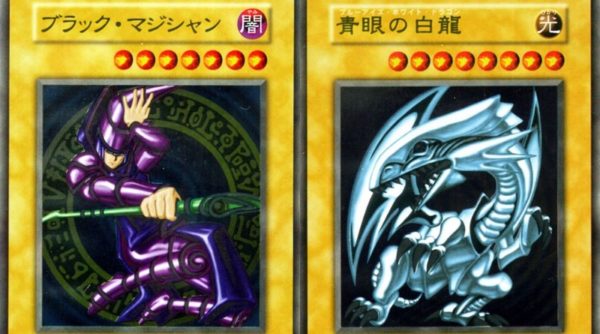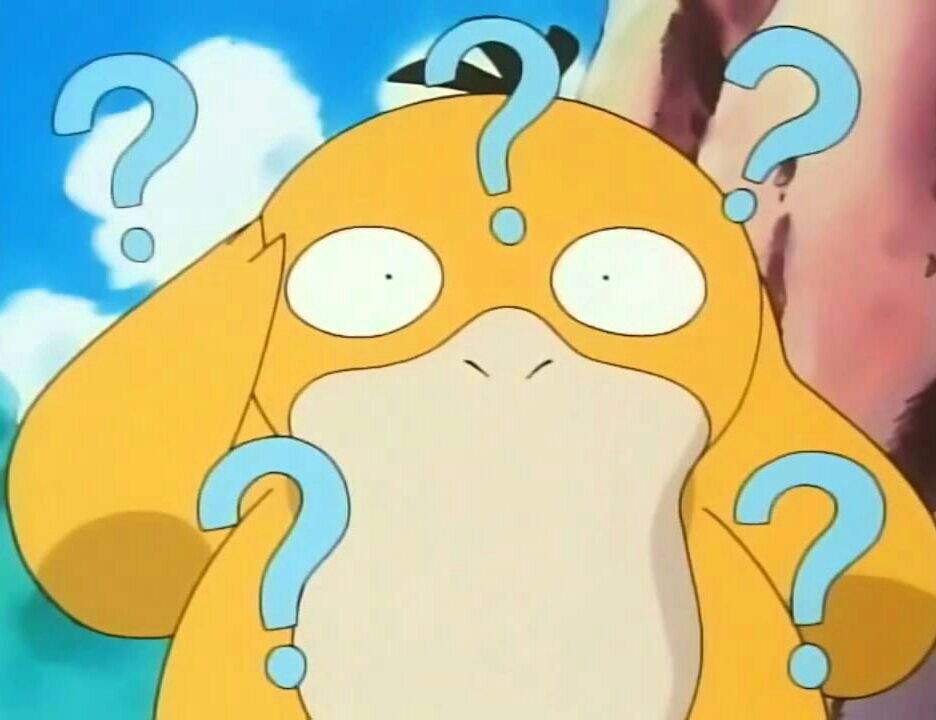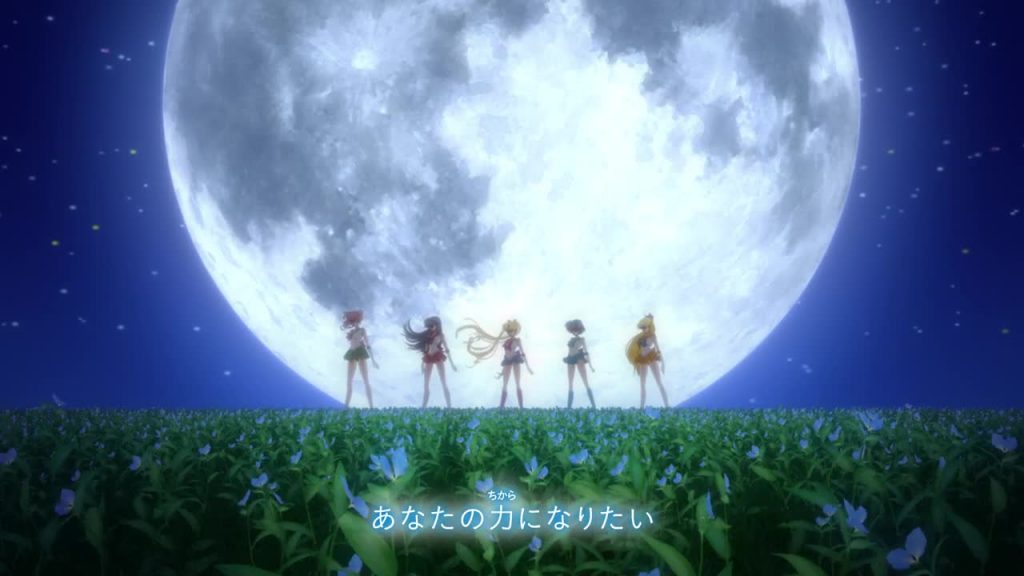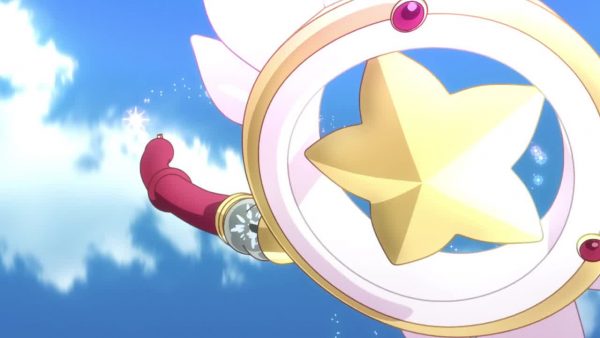For a trading card game to be a global hit, it’s gotta make enough sense in every language. Not that everything about YuGiOh’s ever made sense. Just look at how Kaiba keeps acting…
Accurate translations of the game rules, card effects and win conditions are far more important than anything else, we know. But localised versions of card names are always good for a laugh.
The army of Deskbots
We’re not kidding: Deskbots 001-009, Deskbot Jet, and Deskbot Base make a mini army of 11. In Japanese, they’re the Bunborgs (ブンボーグ)… or are they?

You can also read that name out loud so it sounds the same as ‘bunbougu’ (文房具), the word for ‘stationery’. So the English card name mixes those meanings together.
(Bonus: in Portuguese, they’re called ‘Robô-secretário’ – love it.)
Is It Maxx C, Z, or G?
Depends on where you live.
- English version: “C”
- Other European languages: C
- Japanese: G
- Korean: G
- Chinese: Z
- French: Cancrelat
The full French translation gives the game away: turns out ‘cancrelat’ means ‘cockroach’. Starts with a C in English, but with a G (for ‘gokiburi’, ゴキブリ) in Japanese.

Same goes for the Shiny Black “C”, Flying “C”, Retaliating “C”, Confronting “C”, and Contact “C” cards. They’ve all been localised the same way for each country.
Like an Abare Ushioni in a china shop
That feel when nobody bothers trying to translate the Japanese card name.
‘Abare Ushioni’ is the most commonly used name of this card in English, French, German, Italian, Portuguese, and Spanish. Never mind that it isn’t any of those languages.
The Japanese (暴れ牛鬼) means ‘raging bull devil’. Even if you don’t understand the name, the card effect tells you enough. It’s an animal on the rampage, and someone’s taking 1,000 damage points every turn.
Cindere- we mean, this random princess…
The card you know as ‘Prinzessin’ (from the German word for ‘princess’) is straight up called ‘Cinderella’ in Japan. Do copyright and trademark issues not exist in this country?

Not that it matters – the English card text has never tried to hide who our princess really is. You can use ‘Prinzessin’ effects to summon a ‘pumpkin carriage’ and ‘glass slippers’. Makes us feel less like Duelists and more like fairy godmothers.
From rare and brave to… some guy
We feel like ‘Raremetal Knight’ is a great name for a YuGiOh card. A strong, armoured warrior, clad in something tough and expensive.
But we’re talking about the Japanese katakana name when we say that. The official English card name is ‘Super Roboyarou’ – or ‘Super Robot Dude’ in Japanese.
That’s kinda awkward. And that’s not all. Super Roboyarou’s a partner card to Super Robolady – which was given the way more badass name ‘Raremetal Valkyrie’ in Japanese as well. Sucks to be them.
Ogre of the “Scarlet Sorrow”
Which, if you’re Japanese, is literally the ‘Ogre of the Blood Tears’. You can also translate ‘ketsurui’ (血涙) as ‘bitter tears’, like you’re frustrated or upset, but that’s still the kanji for ‘blood’ in there.

If you close your eyes and put your fingers in your ears, ‘Scarlet’ could be something else. Fruit juice. Ketchup. Pasta sauce. Melted lipstick. The Japanese card text makes it clear we’re talking about blood, and that’s icky.
Wait, where did that level go?
It does something to levels, we know that much for sure.
In English (and a bunch of other languages), it’s the ‘Level Eater’ – chewing up those tasty levels as it goes. No wonder it’s a Forbidden or Limited card, depending which version you’re playing.

But in Japanese, it’s the ‘Level Stealer’, a master thief who doesn’t have so much of an appetite. Whether those levels get eaten after they’ve been stolen, we have no idea.
Emerging Emergency Rescute Rescue, whew
One of the super interesting ones for YuGiOh players who can read Japanese. Look at the kanji name (if you know kanji), and it’s not ’emerging’ at the start but ‘urgent’ – as in… emerged ages ago, and already causing some problems.

Plus ‘rescute’ is ‘lifesaving’ or ‘assistance’ on the Japanese card version, because is rescute even a word? We tried looking it up, and the only dictionary with ‘rescute’ in is Urban Dictionary…
Oh wait, it’s a mix of ‘rescue’ and ‘cute’, like how the French card uses ‘sauvetadorable’ instead. But wait, the Japanese version of the card missed the chance to use a pun? What a waste of an opportunity.
Begone, Knave! And the rest of you!
The ‘Begone, Knave!’ trap card’s Japanese name is ‘turning people away at the door’ (monzen barai, 門前払い). Doesn’t matter if you’re a knave or not.

Back in the Edo period, it was a way of outlawing people from a community. The other meaning of ‘monzen barai’ in modern Japanese is sending visitors home without seeing them or letting them eat/do anything. Win or lose, we think asking your opponent if they want dinner’s the polite thing to do.
The field’s maybe wider than you think
Use an online proxy shopping service to add to your collection of authentic Japanese YuGiOh cards. DEJAPAN’s here to help you complete your deck – help like narrowing it down to listings with ‘rare’ in the title.
Check what’s being resold on Yahoo! Auctions Japan now, or snap up cards you’ve already found on other Japanese resale sites with our item request form. You can also search our website for other official YuGiOh merch, from places like Yahoo! Shopping and Rakuten Japan.




